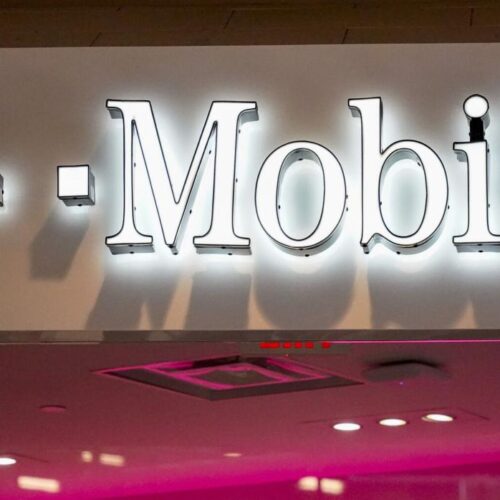The flexible display does not only open the world to a folded cellphone. They also open doors for other devices that change from one form to another. Current cases, of course, are limited to folding phones that have been sold Samsung for almost three years now, but it is not the only disabled and flexible display panel application. There are, for example, LG cellphones that have never come, and this new patent from Oneplus is more practical but also not feasible at the same time.
Telephone to the tablet and come back again
One of the biggest real world problems that should be handled by folding devices is the screen space. Almost everyone wants a larger screen to see their content but none of them wants a larger device that they cannot carry them with them. These duality cannot be easily solved with traditional smartphones and tablets, or fully handled by having two screens joining the hip.
To a certain extent, the Galaxy Z folding and similar devices such as Mix Huawei Mate X2 and Xiaomi Mi are trying to offer solutions, but those who come with many compromises. Flexible screen endurance is the most prominent, but it’s not the only problem. The tablets formed by folded ones opened are hardly like traditional rectangular tablets that we know, but make the screen longer or higher make the device not be used as a cellphone when folded.
There are other ideas about how to resolve the opposite aspects diametrically, such as removable devices that still prove their courage in the real world. Others, however, have tablets that fold three times to form more normal phones, and that’s the idea that Oneplus seems to operate.
Two hinges are no better than one
Oneplus won’t be the first to patent tri-folding folding devices, and even his sister’s opposition has submitted such an idea. Of course there are different ways to fold the phone and the idea of Oneplus is rather unique. Of course there are two hinges but they are both folding in the same direction unlike other patents like that from Samsung. The three parts are not uniform in thickness, and two outer panels fold each other.
Like other tri-fold patents, the purpose of this kind of design is to be able to fold a long tablet to the phone closer to the traditional cellphone that we have today instead of Galaxy Z which is very slim 3. As it is heard, actually practicing it might be more Many problems than their current value.
We are still at the point where just folding the screen once still problematic. Clear a single display, flexible length increases the risk of damaging the screen. The way the device also places a fragile screen outside, making it “Oudie”, and that is equipped with the problem of the problem itself, as evidenced by the first Huawei Mate X.
Size is still important
While the Oneplus patent did try to solve the screen size problem, it didn’t really take care of heavy problems and thickness. While the screen can be flexible and thin, other components, especially batteries, still can’t. Based on patents, almost all electronics are concentrated on one side of the device when placing flat. Consider the screen size when folded and those components, the folded device will be as thick as thick or even thicker than the Galaxy Z Fold 3.
The design also shows that the tablet will not averagely when opened, and that one part of the screen will always open when folded and placed on the surface. It is not an ideal situation with the technology and materials we have today, and provide more problems than those solved. Maybe in a few years, we have handled at least a flexible display durability but, at least until then, this kind of patent will remain only that.





